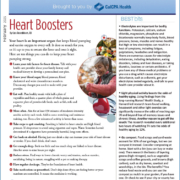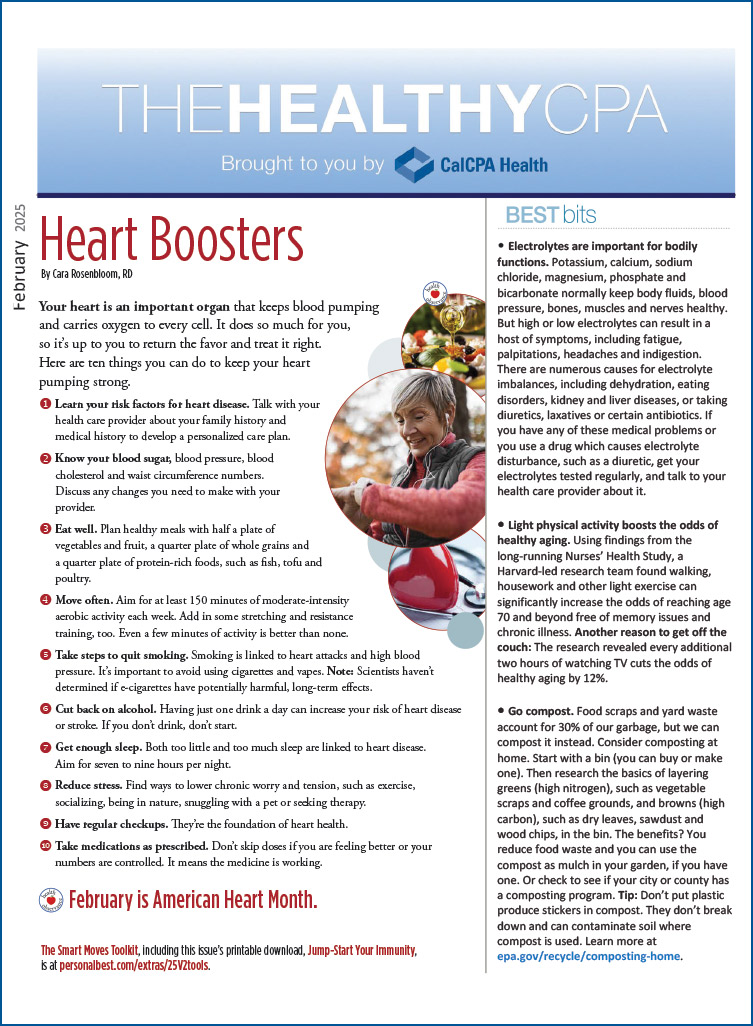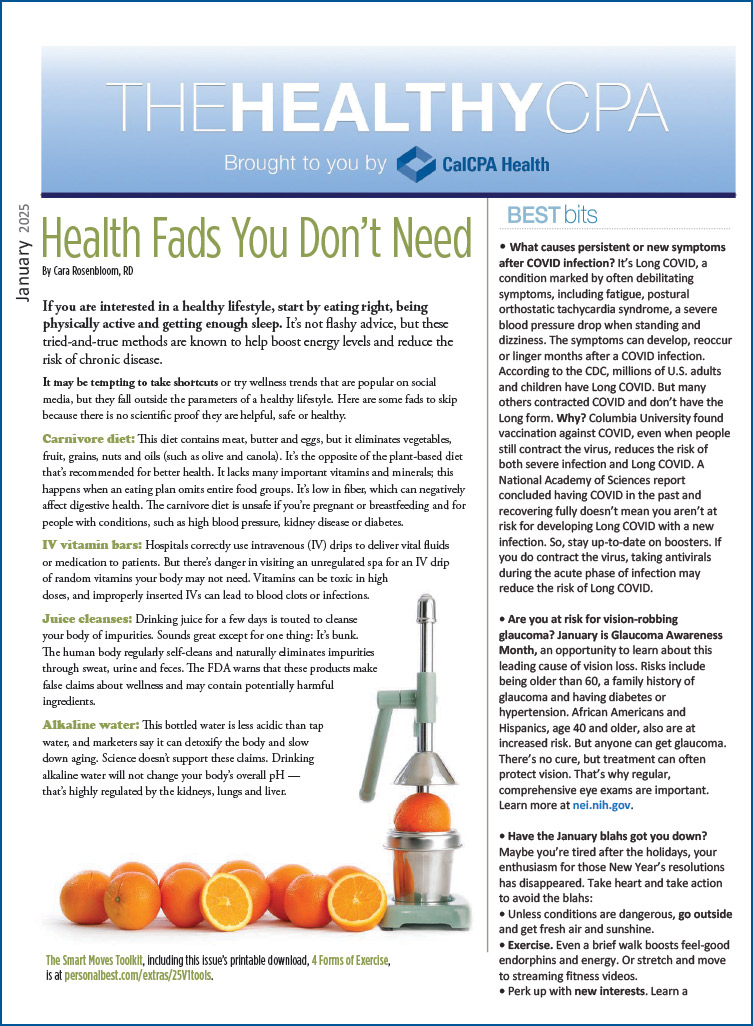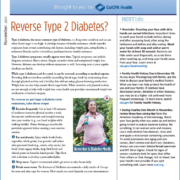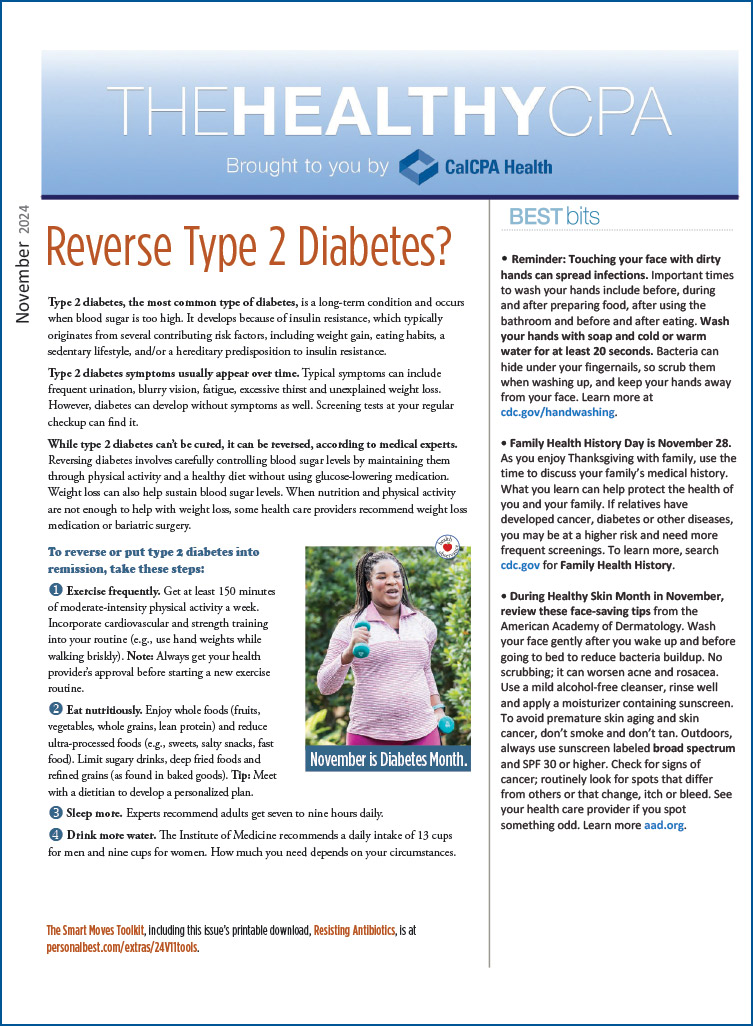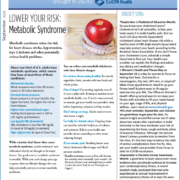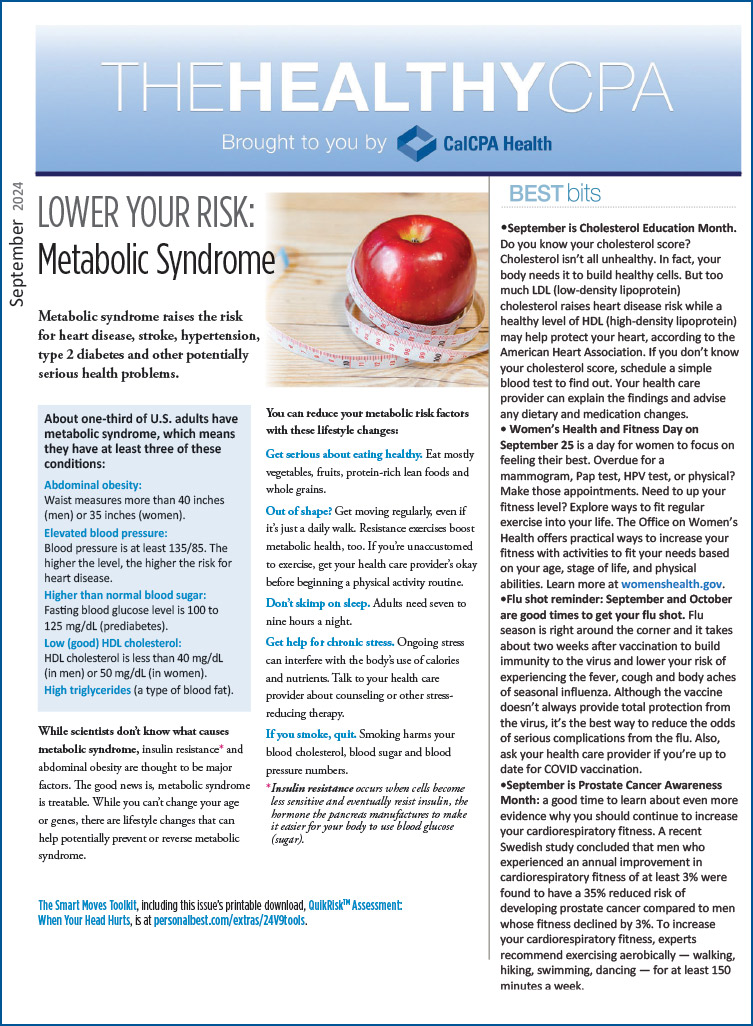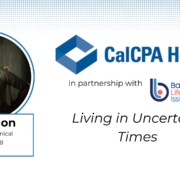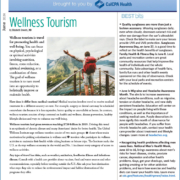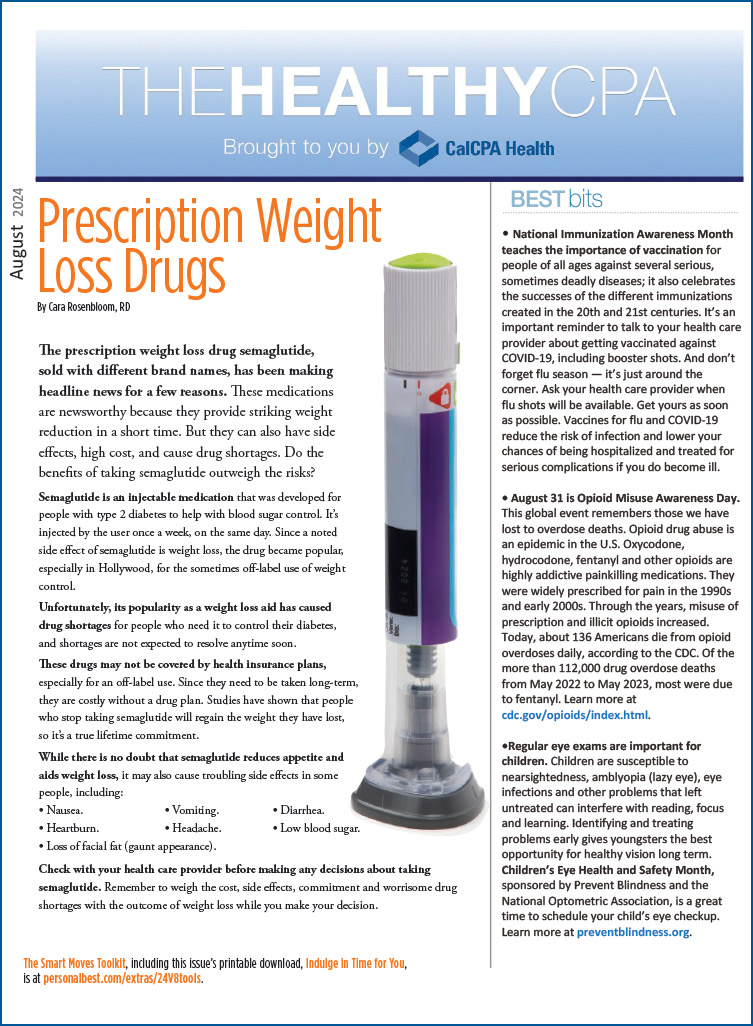July is UV Safety Awareness Month, and it’s the perfect time to remind ourselves how important it is to protect our skin from the sun’s harmful ultraviolet (UV) rays.
Individuals with fair skin can sunburn in as little as 10-15 minutes of midday sun exposure when UV rays are the highest. UV rays are typically high between 10 a.m. and 4 p.m. and the highest around 11 a.m. to 1 p.m. Don’t let a cloudy day fool you because UV rays can be just as intense as on a sunny day.
What Are UV Rays?
Ultraviolet radiation from the sun comes in three forms:
- UVA rays penetrate deep into the skin and are responsible for premature aging, such as wrinkles and age spots, and can contribute to skin cancer.
- UVB rays are more intense and damage the outer layers of the skin, causing sunburns, and they play a key role in the development of most skin cancers.
- UVC rays are the most dangerous, but they are absorbed by the Earth’s atmosphere and don’t typically pose a threat during everyday sun exposure.
Types of Skin Cancer
Skin cancer is the most common cancer in the U.S., but it’s also one of the most preventable. Here are the three main types:
- Basal Cell Carcinoma (BCC): The most common and least aggressive type, accounting for approximately 80 percent of all cases*. It often appears as a flesh-colored bump or pink patch of skin and may bleed or form a scab. BCC grows slowly and rarely spreads, but it can cause local tissue damage if untreated.
- Squamous Cell Carcinoma (SCC): Accounts for approximately 20 percent of all skin cancer cases* and tends to occur on areas of the body most exposed to the sun, such as the face, neck, and hands. SCC shows up as a scaly red patch, a wart-like growth, or a sore that won’t heal. It can grow deeper and, in some cases, spread to other parts of the body.
- Melanoma: The most serious form of skin cancer, which accounts for about four percent of skin cancer cases*. Melanoma can develop from an existing mole or appear as a new dark spot. Early detection is critical since melanoma can spread quickly and be life-threatening if not caught early.
How to Protect Yourself
- Wear sunscreen every day with broad-spectrum (UVA/UVB) protection, SPF 30 or higher.
- Cover up with clothing, hats, and sunglasses that block UV rays.
- Seek shade between 10 a.m. and 4 p.m., when the sun’s rays are strongest.
- Avoid tanning beds, which emit concentrated UVA and UVB radiation.
Check Your Skin
Examine your skin regularly for changes in moles, new growths, or sores that don’t heal. When in doubt, get it checked out. Annual skin exams with a dermatologist are a smart step in preventing skin issues, and early detection is key. Protecting your skin today is an investment in your health tomorrow. Enjoy the sunshine safely.
* https://skinandcancerinstitute.com/july-is-uv-safety-month/

